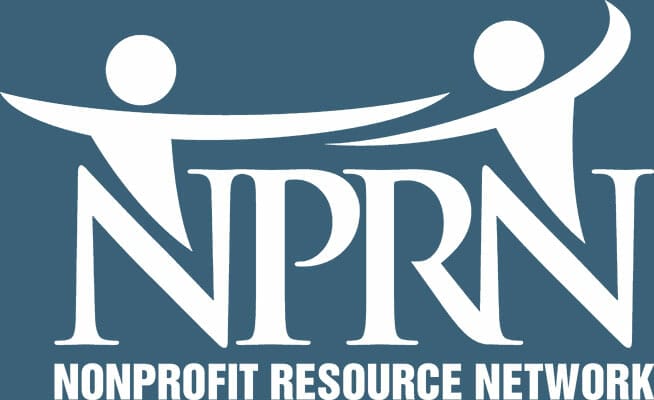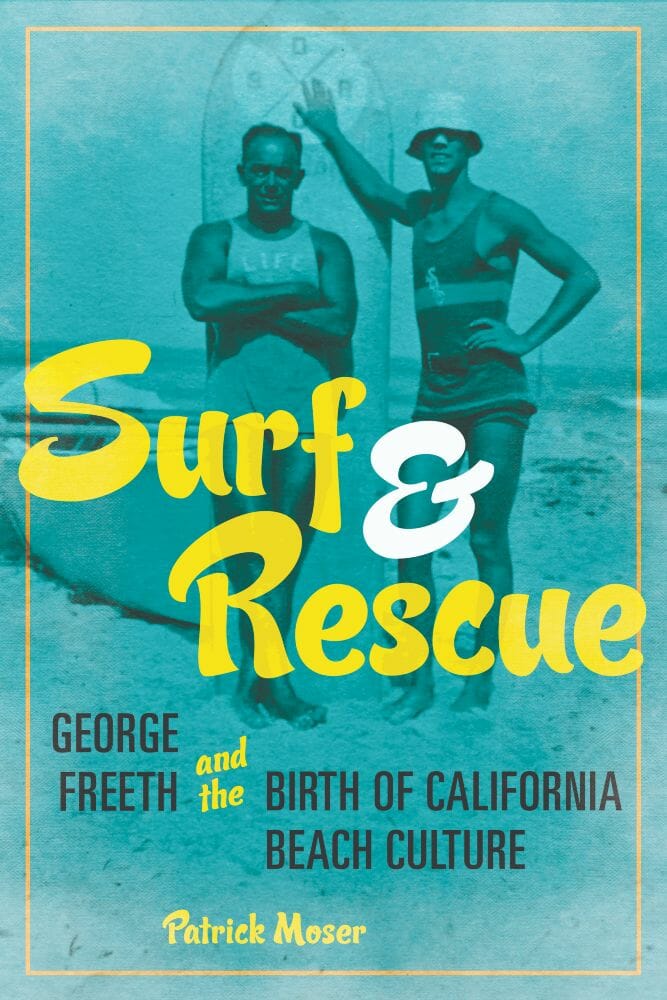The Santa Barbara Maritime Museum (SBMM) is pleased to present “Southern California Beach Culture from George Freeth to World War II” a lecture by Patrick Moser taking place on Thursday, July 20, 2023 at 7:00 p.m. The presentation, incorporating some of the stories from Moser’s book, Surf & Rescue, will be enhanced with original photographs of the people and places who built California beach culture in the first half of the 20th century. Cost is free for SBMM’s Navigator Circle Members, $10 for all other members, and $20 for members of the public. There will also be a pre-lecture reception for members only from 6:15-6:45 p.m. Learn more about the event and register here: https://sbmm.org/santa-barbara-event/santa-barbara-maritime-museum-presents-southern-california-beach-culture-from-george-freeth-to-world-war-ii-a-lecture-with-patrick-moser/
Moser’s presentation introduces the early history of California beach culture as we recognize it today—surfing, lifeguards, and the image of California’s beaches as places of fun, health, and sex appeal. The arc of that story began with the arrival of native-Hawaiian George Freeth in Southern California in 1907. He made headlines with his rescue of seven fishermen, an act of heroism that highlighted his innovative lifeguarding techniques; but he also funded California’s first surf club and coached both male and female athletes including Olympic swimming champion and “father of modern surfing” Duke Kahanamoku. Freeth combined surfing and lifeguarding to create the foundation of what would become an important part of the Golden State’s global identity.
After Freeth passed away in the flu pandemic of 1918-1919, a new crew of lifeguards and surfers continued his legacy, along with the rise of private clubs and the glamour of Hollywood. In the 1920s, that included Hawaiian Duke Kahanamoku. In the 1930s, the arrival of Tom Blake’s hollow paddleboards, from San Diego to Santa Barbara, along with the influence of surfing clubs and competitions, gave California a homegrown beach culture and helped it create a coastal identity distinct from Hawaiian influences. For a brief overview and trailer for this presentation, visit https://www.youtube.com/watch?v=5LdyNlGjRXo&t=332s.
This event is generously sponsored by Marie L. Morrisroe.
About the Speaker
Patrick Moser is a professor in the Languages and Literature Department at Drury University in Springfield, Missouri. He is the author of Surf and Rescue: George Freeth and the Birth of California Beach Culture (University of Illinois Press, 2022) and the editor of Pacific Passages: An Anthology of Surf Writing (University of Hawai‘i Press, 2008). He has published articles on surf history in the Journal of the Polynesian Society, The Critical Surf Studies Reader, and the Pacific Historical Review. He also publishes articles in mainstream surf magazines and has collaborated on two books with world surfing champion Shaun Tomson—Surfer’s Code and The Code: The Power Of “I Will.” He is currently at work on a new book, Waikīkī Dreams: Building California Beach Culture during the Great Depression.


Leave a Response